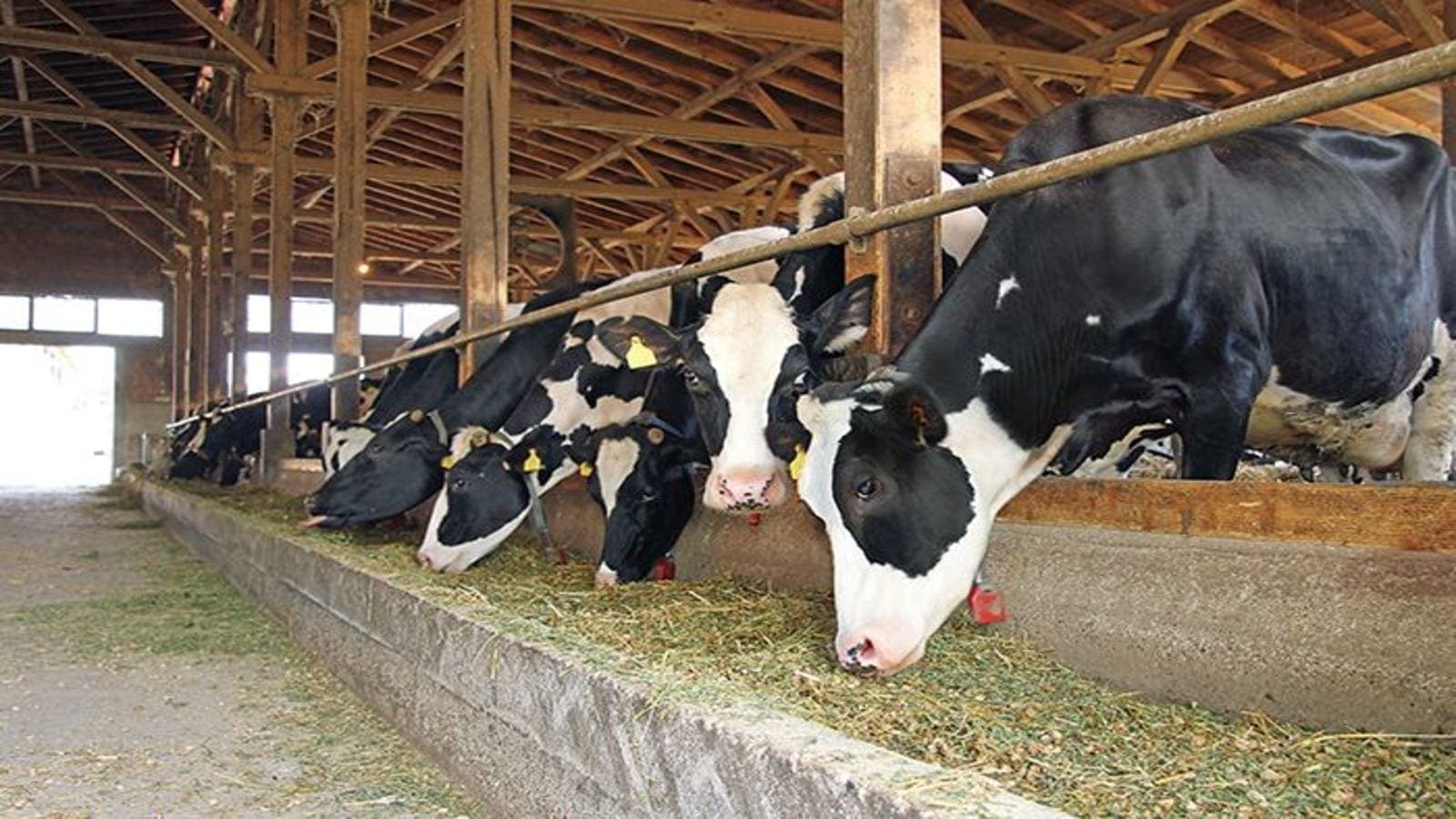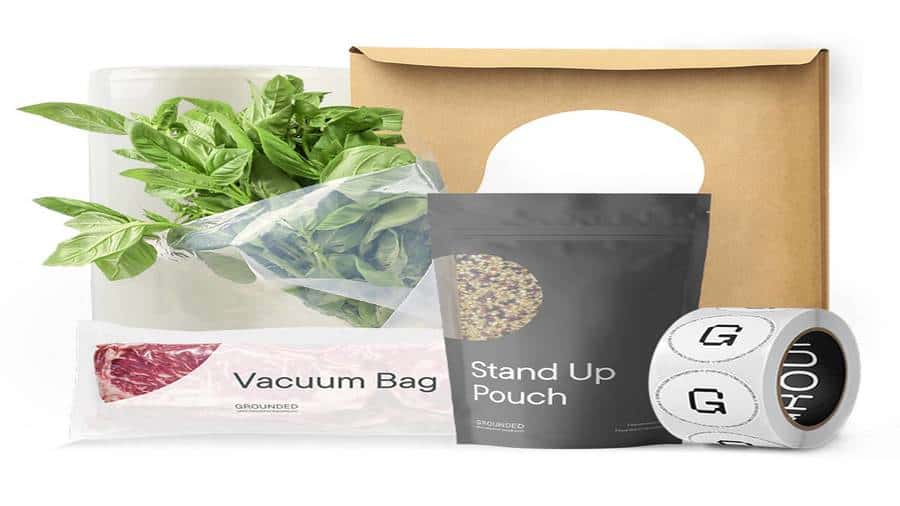FINLAND – Valio, Finland’s largest dairy cooperative company, has released a report highlighting a number of dairy initiatives that can be taken on-farm to reduce the sector’s carbon footprint.
Roughly 85-95% of dairy’s carbon footprint lies in primary production on dairy farms but the lion’s share of emissions is linked to the cow’s rumen as it digests food since a cow burps roughly 450 grams of methane per day.
Methane, like carbon dioxide, is a greenhouse gas, with a shorter life in the atmosphere, roughly ten years, but with an impact that is 28 times higher. In the atmosphere, methane dissolves into carbon dioxide in 10–12 years.
Finland, a major dairy producer, has made progress in cutting down methane emissions associated with on-farm dairy activities.
According to the report by Valio, methane emissions in the Nordic country have fallen 57% totally and 35% per liter of milk between 1960 and 2020
The report associated lower methane emissions to smaller herd sizes, improved production capabilities, animal welfare, and higher-quality feeding.
Juha Nousiainen who heads up the climate program at the Finnish dairy processor says changes in feeding can reduce the creation of methane in a cow’s digestive system, for example, using plant oils and oats can result in a 5-10% reduction.
Nousiainen continued to say changes in feeding can reduce the creation of methane in a cow’s digestive system, for example, using plant oils and oats can result in a 5-10% reduction.
He explains that feed additives such as the one containing 3-Nitrooxypropanol that has been piloted on Valio farms can reduce methane emissions by up to 25–30% from current levels.
In the long term, reductions can be achieved by enhancing feed use through animal breeding and by increasing a cow’s lifetime production.
These actions would also reduce emissions other than methane and improve the production economy and also using manure as a material for biogas would reduce methane emissions by another 5%, Valio representative says.
In terms of effective land use, Nousiainen also stressed that cattle herds produce nutritionally important foods on Nordic fields, which grow grass well but cannot always support a good, high-quality harvest of other food plants for humans.
Valio states that more than 70% of its farms graze their cattle, and about 80% of the farms have either pasturage or exercise yards.
Building on the progress to date, Valio says the Finnish dairy sector remains committed to further driving down its emissions footprint, with milk production currently accounting for 3-4% of the country’s GHG output.
Methane expelled by cows made up 2.5% of Finland’s total greenhouse gas emissions in 2020, the Finnish dairy says.
This value is out of the total emissions of greenhouse gases in 2020 corresponding with 48.1 million tonnes of carbon dioxide (CO2 eq.) according to data from Statistics Finland.
Liked this article? Subscribe to Food Business Africa News, our regular email newsletters with the latest news insights from Africa and the World’s food and agro-industry. SUBSCRIBE HERE.











